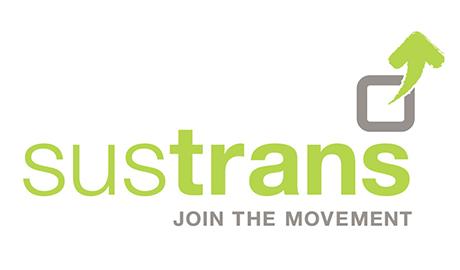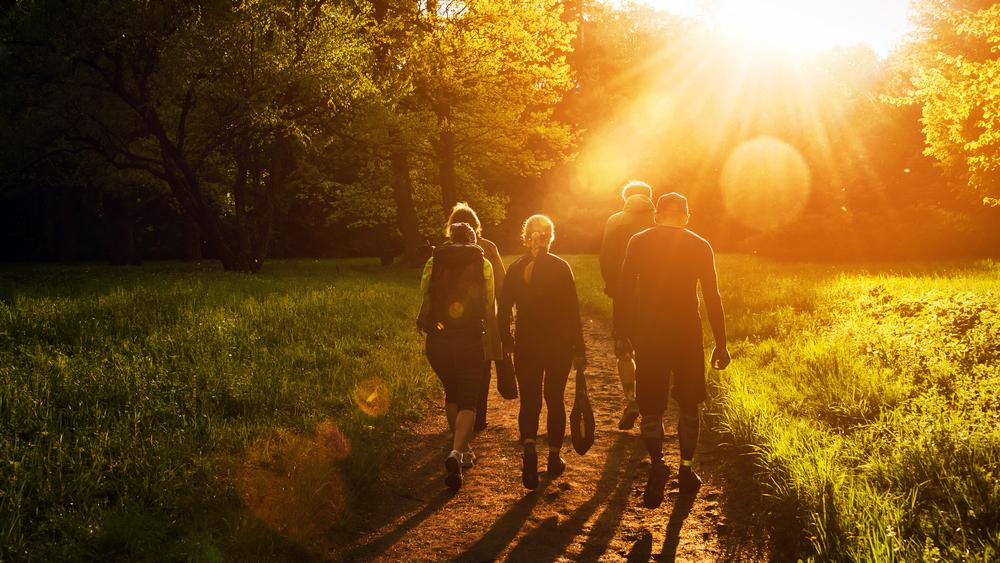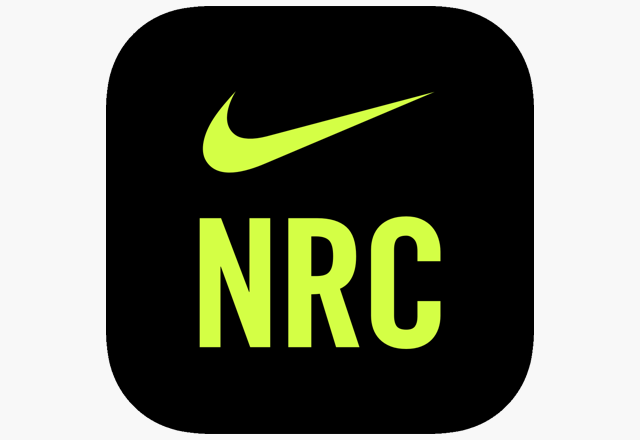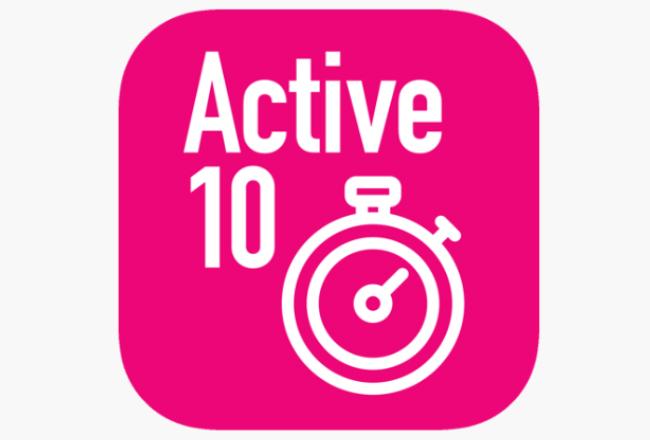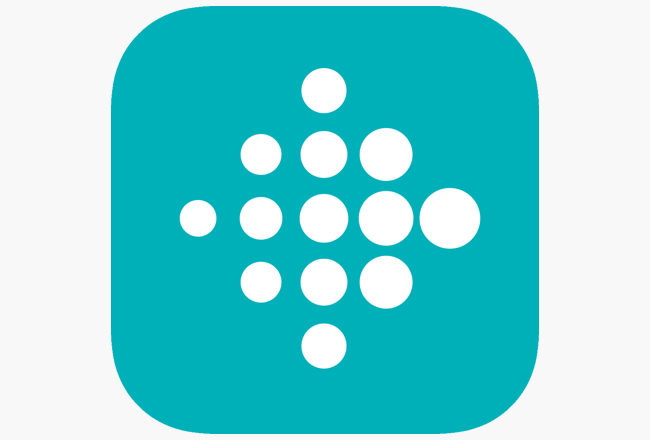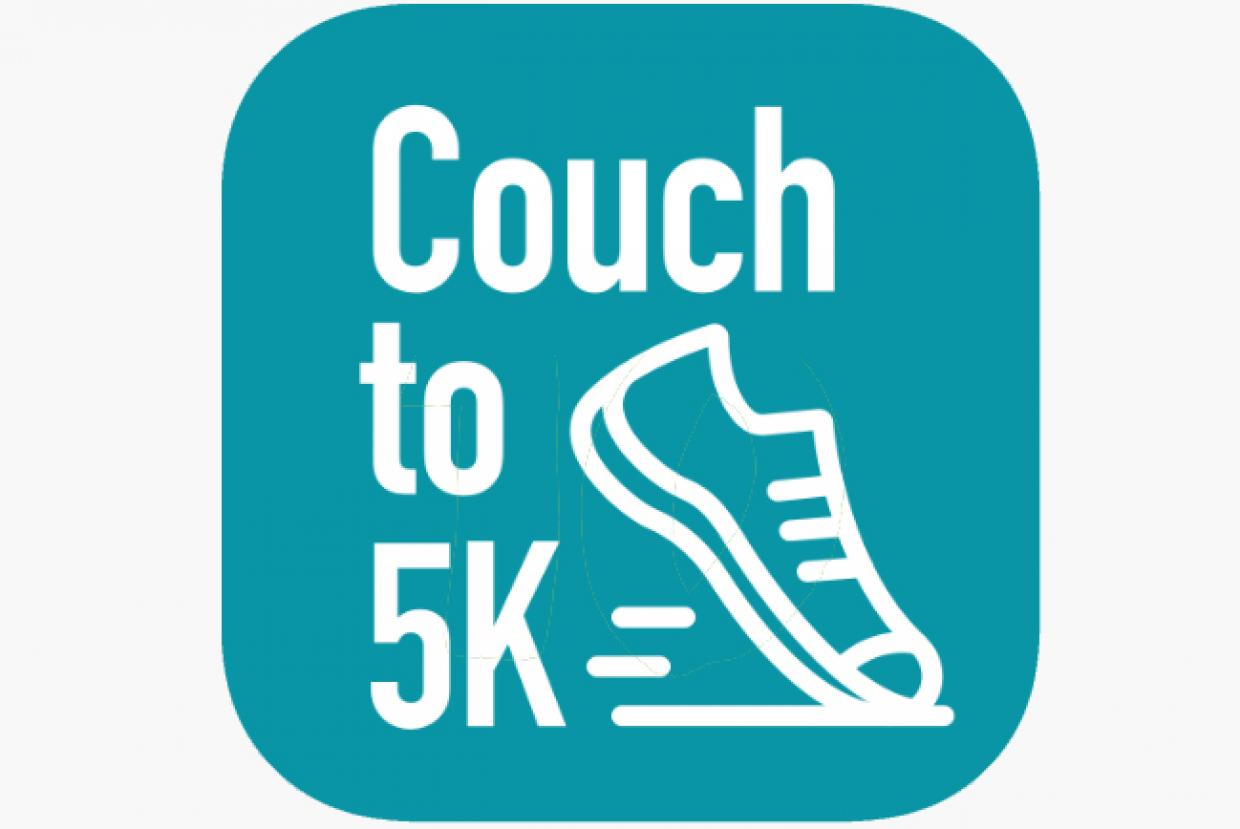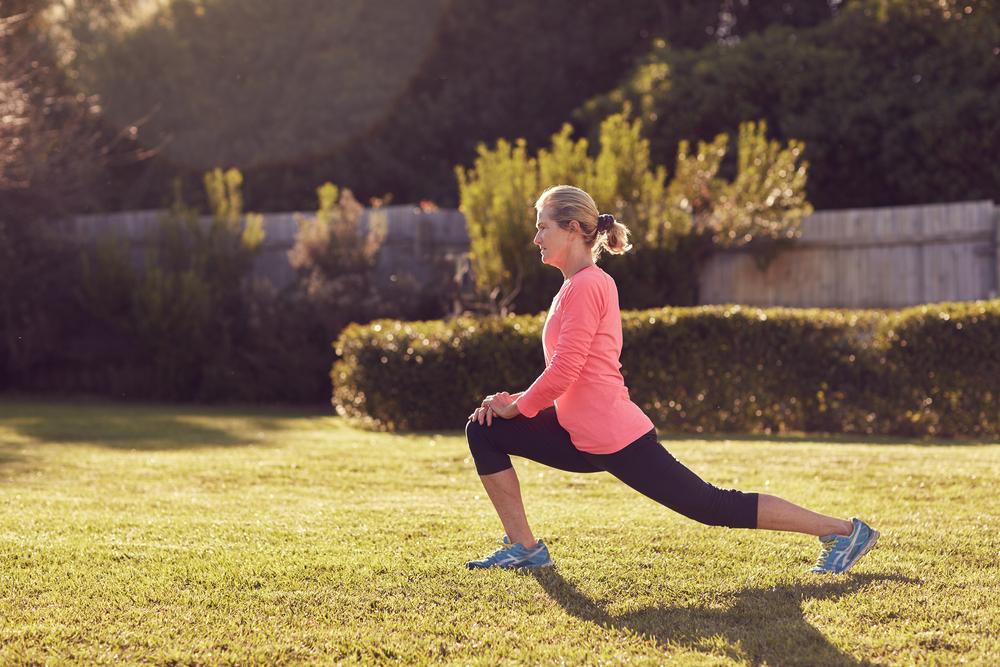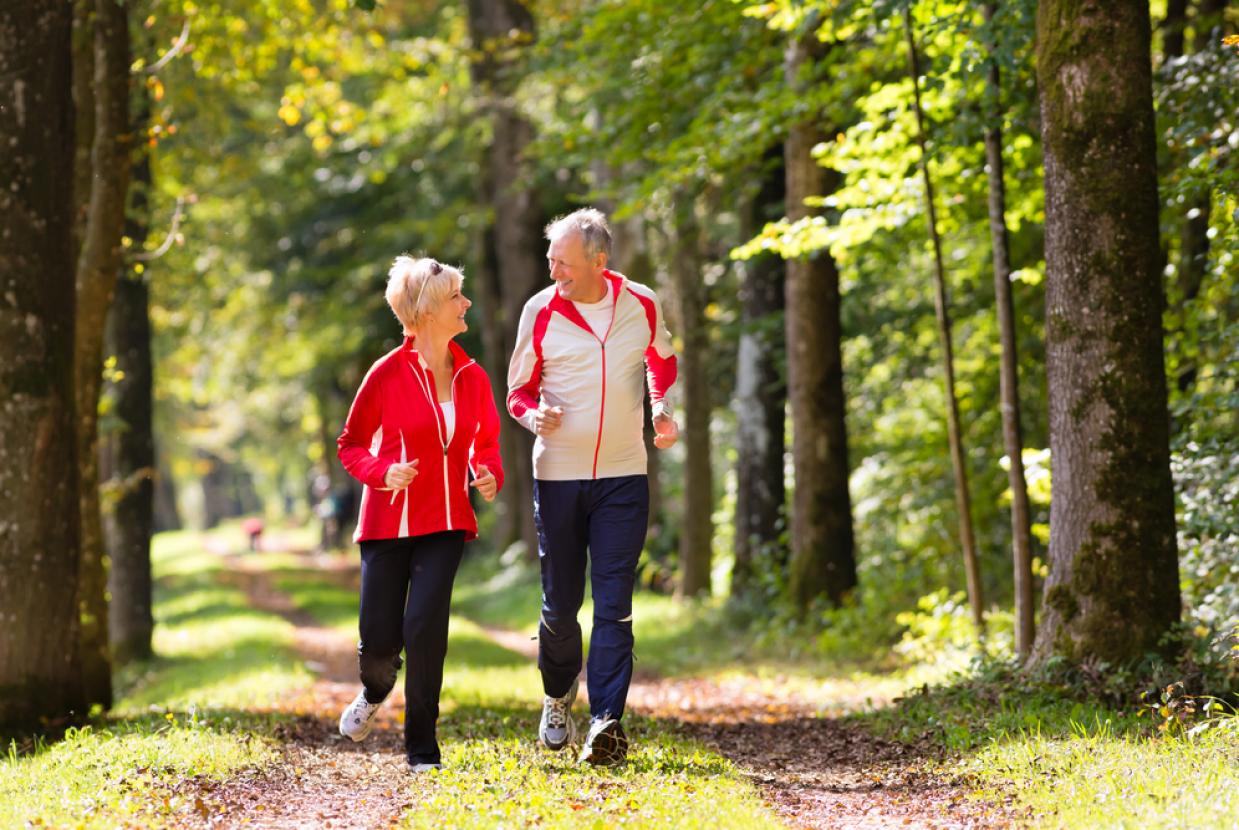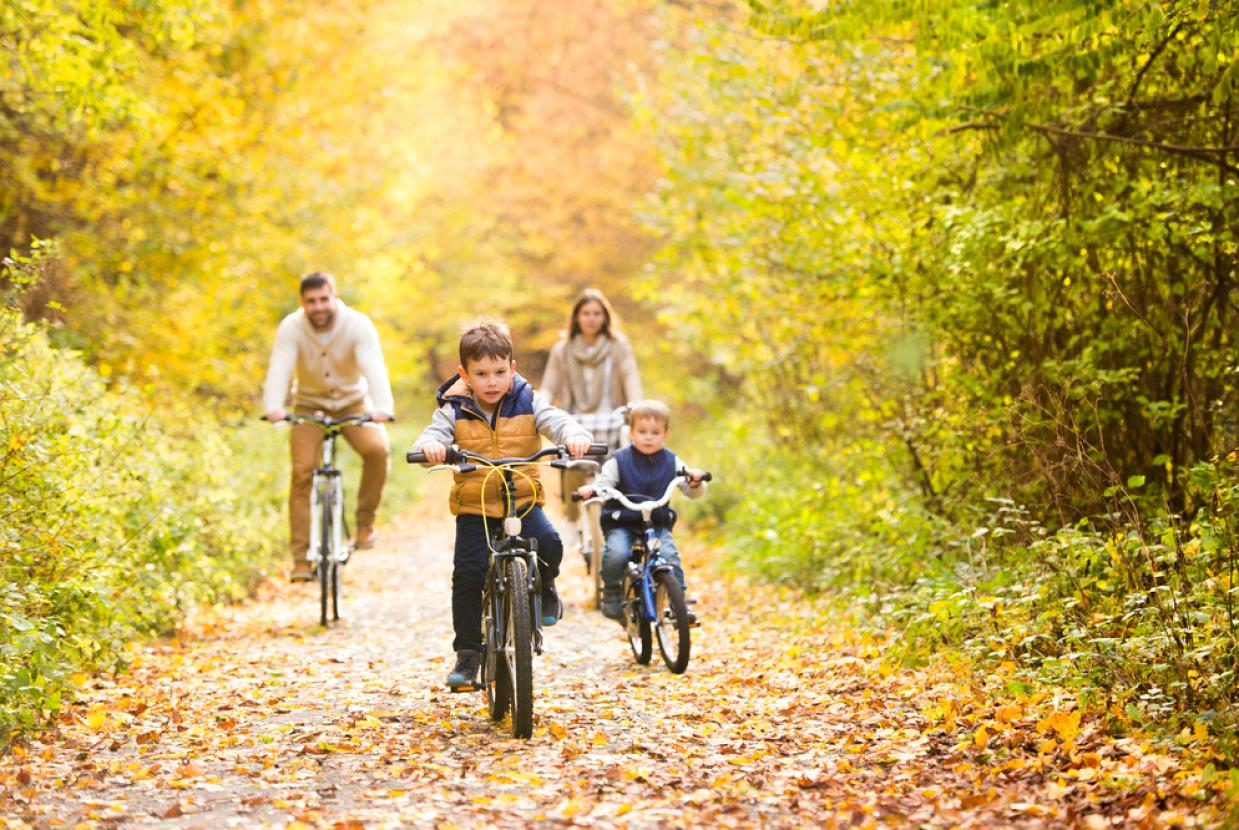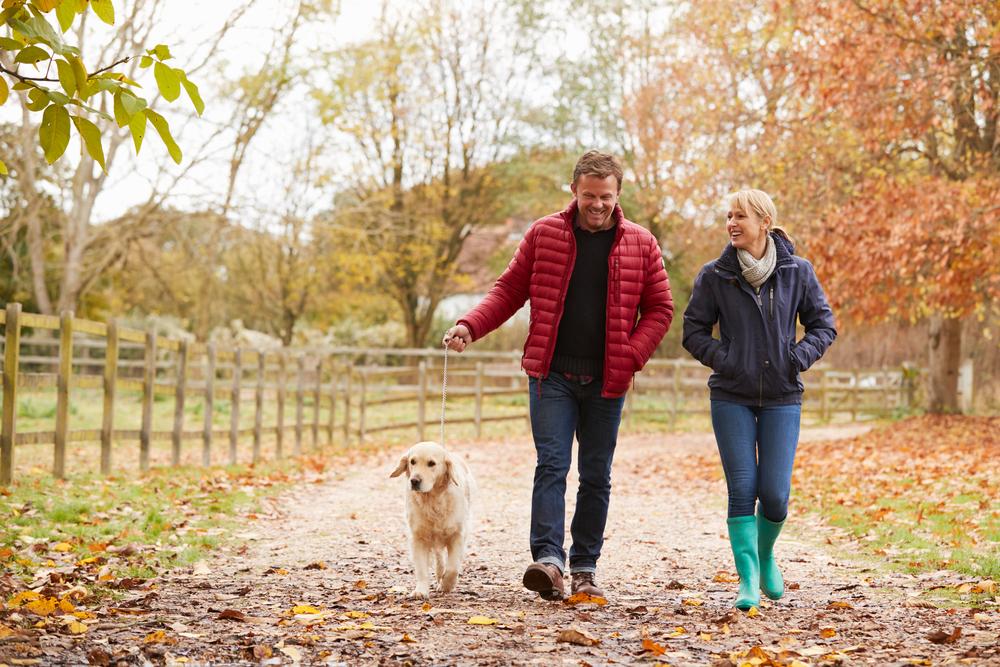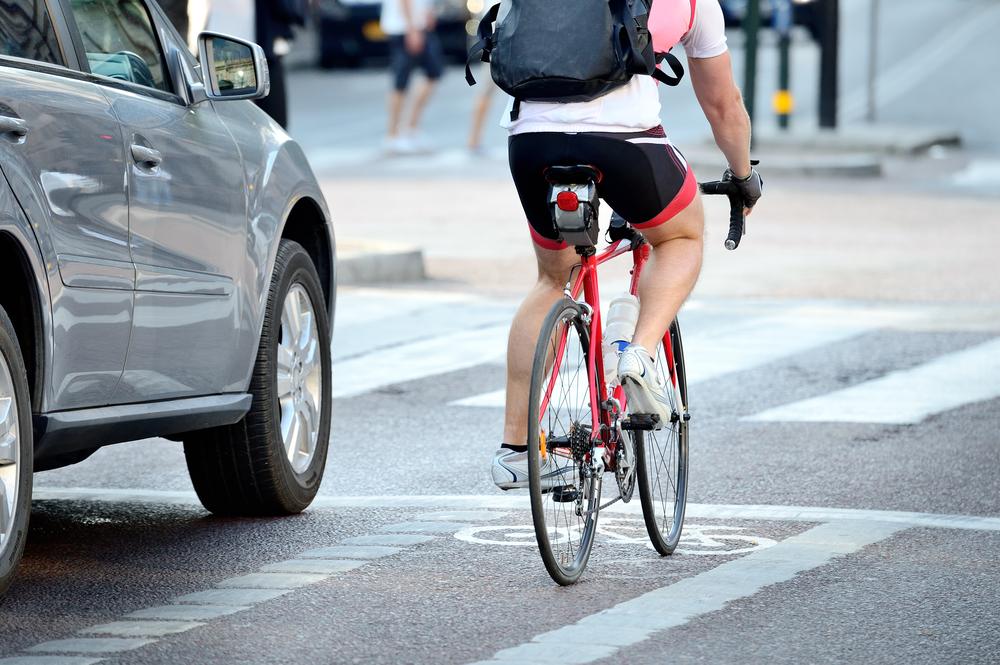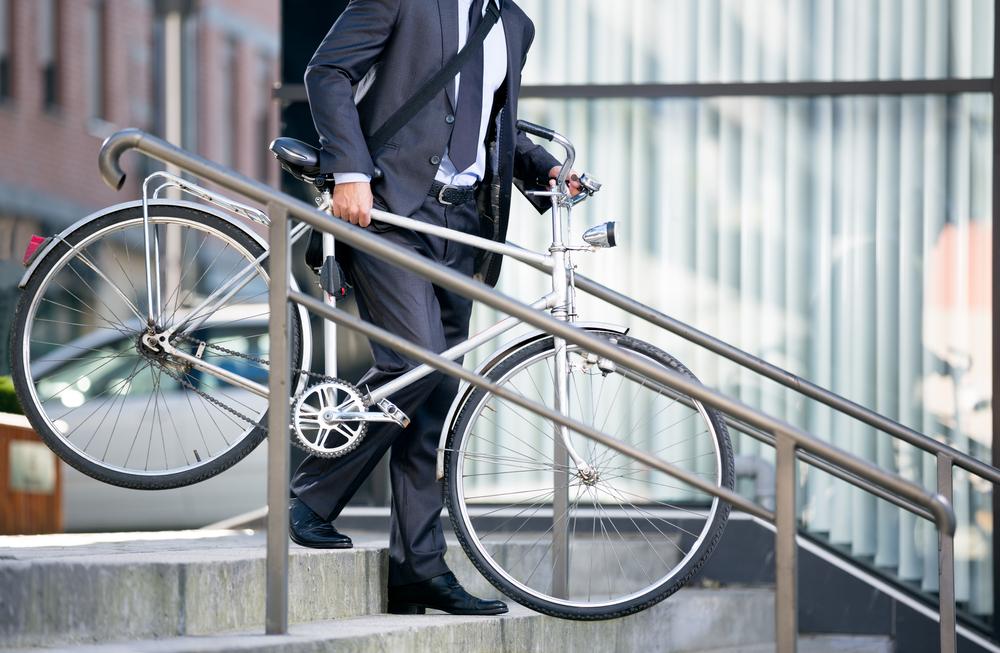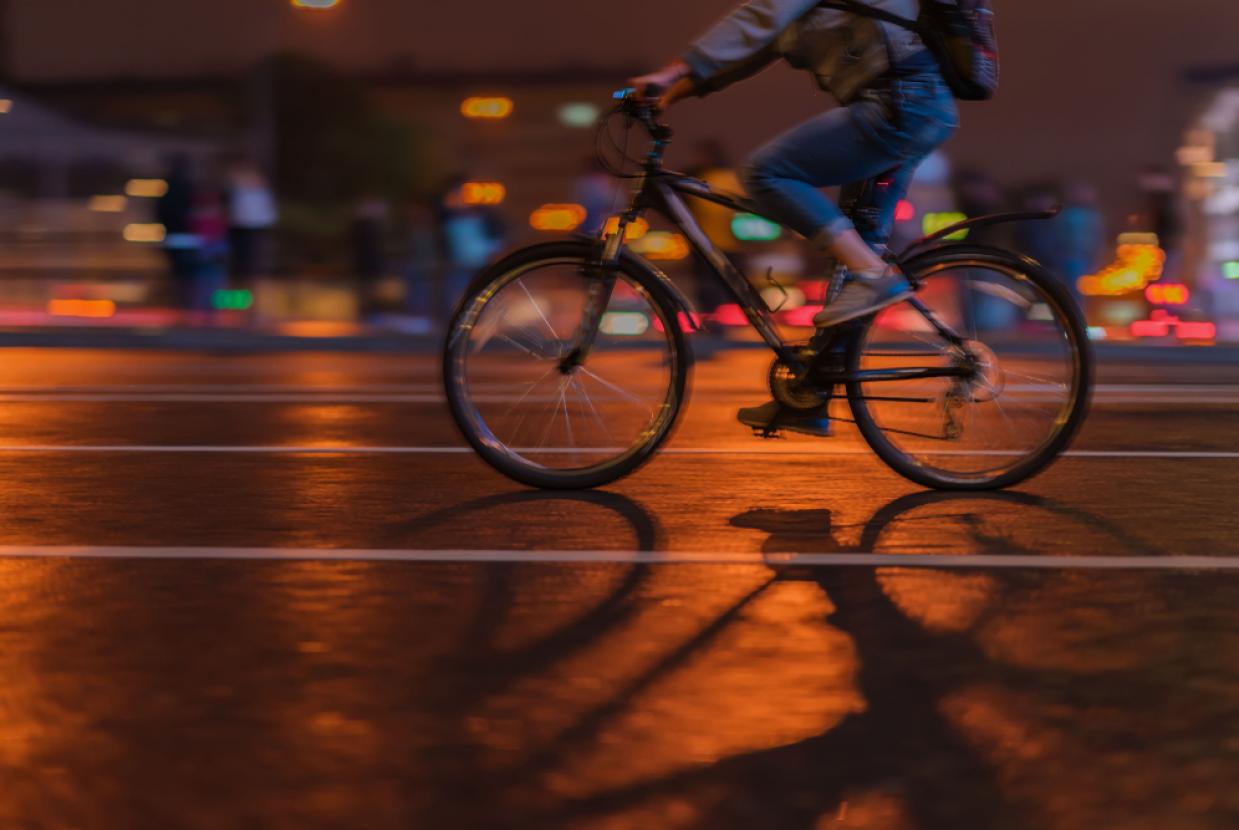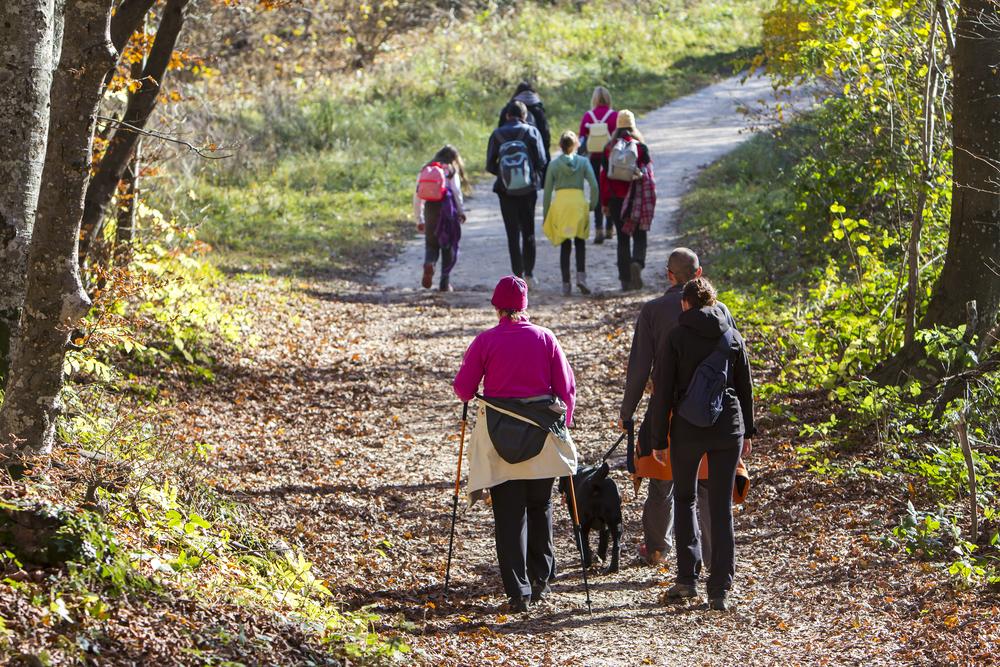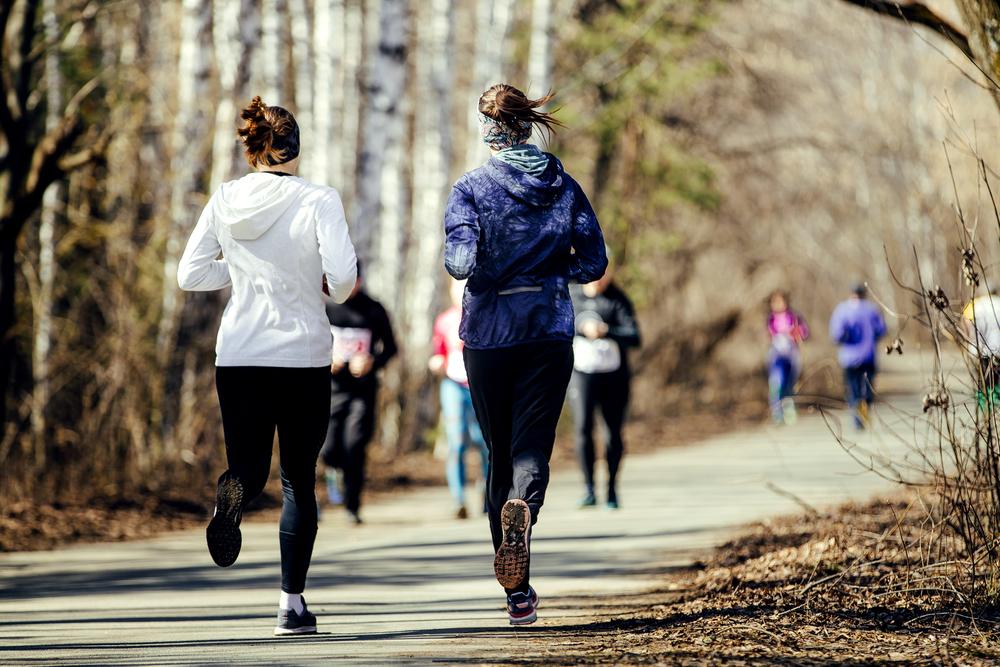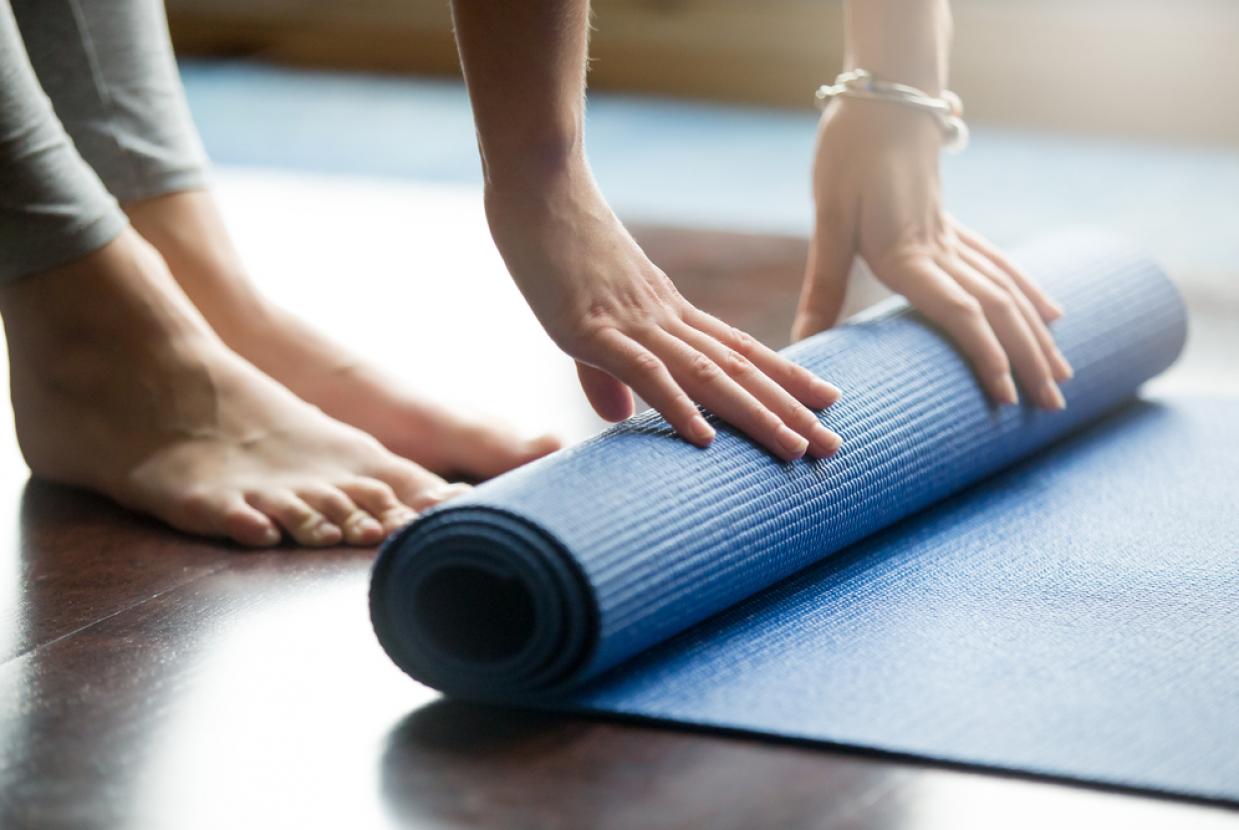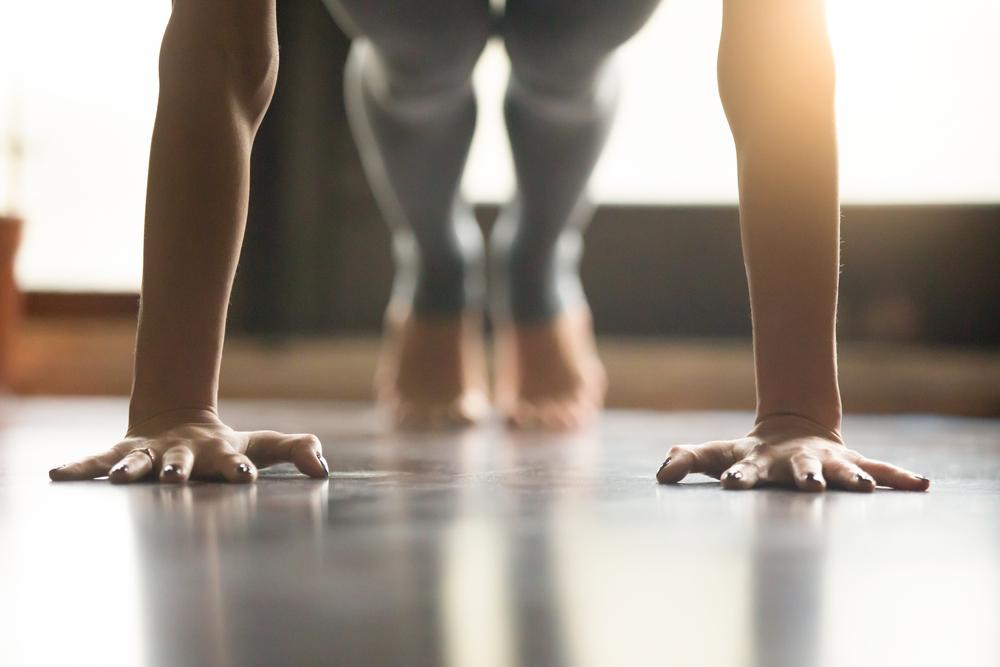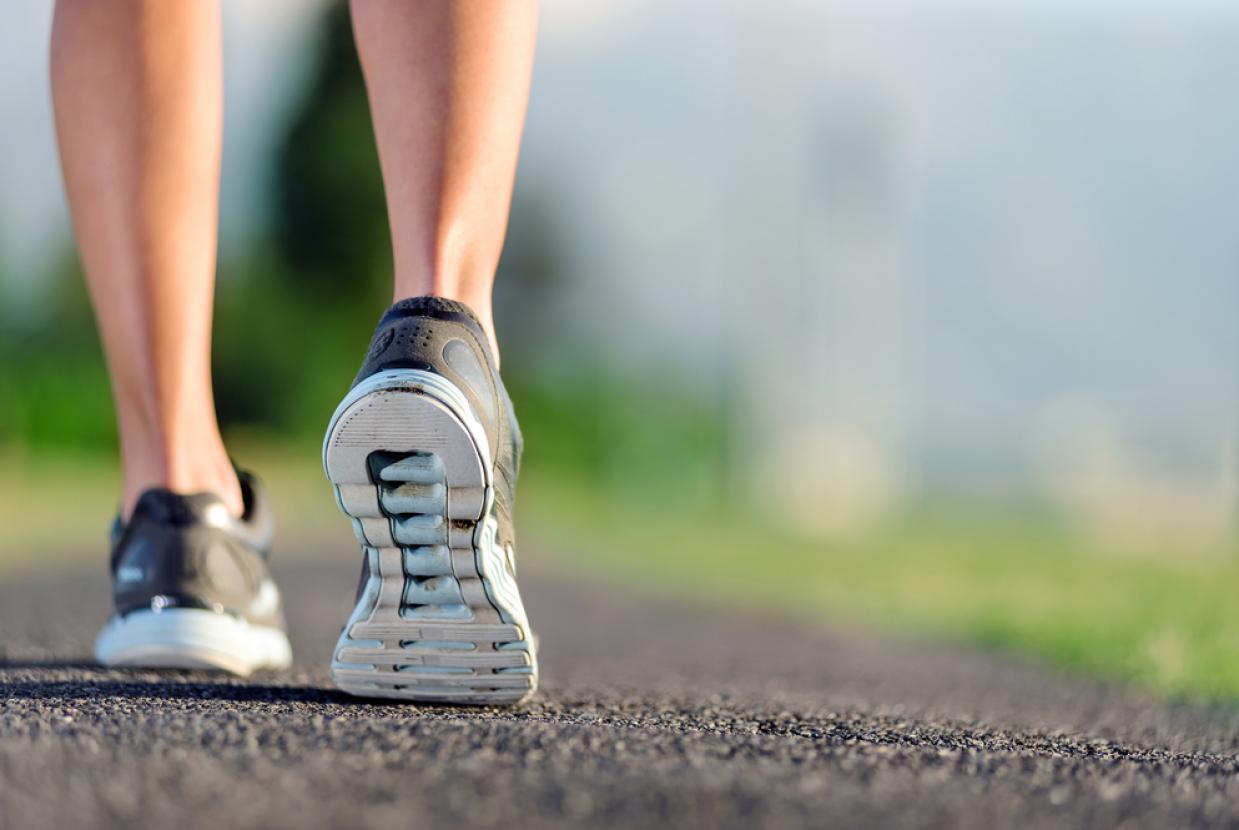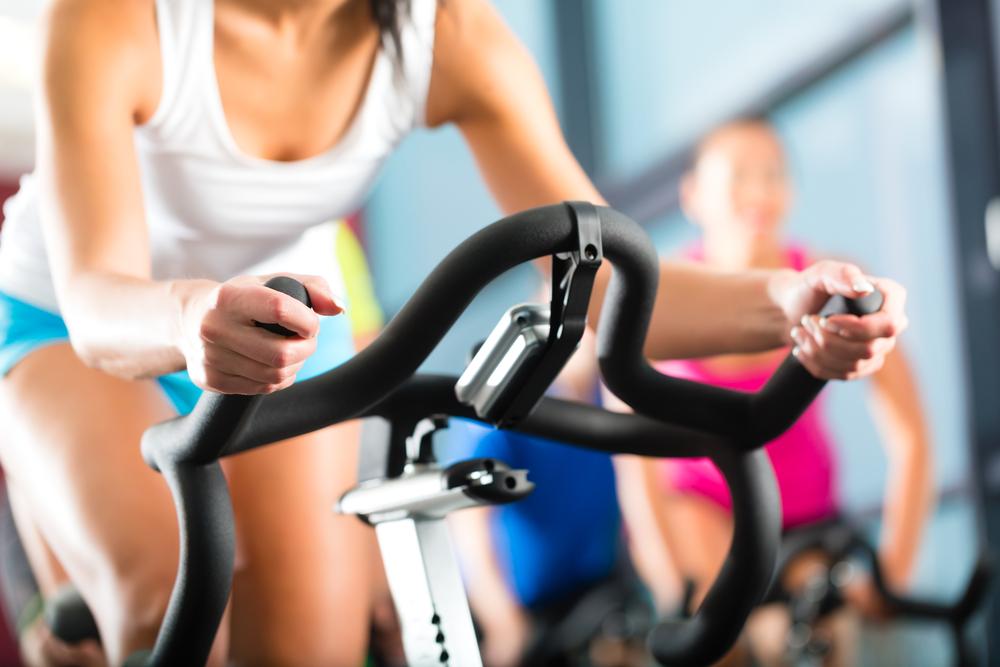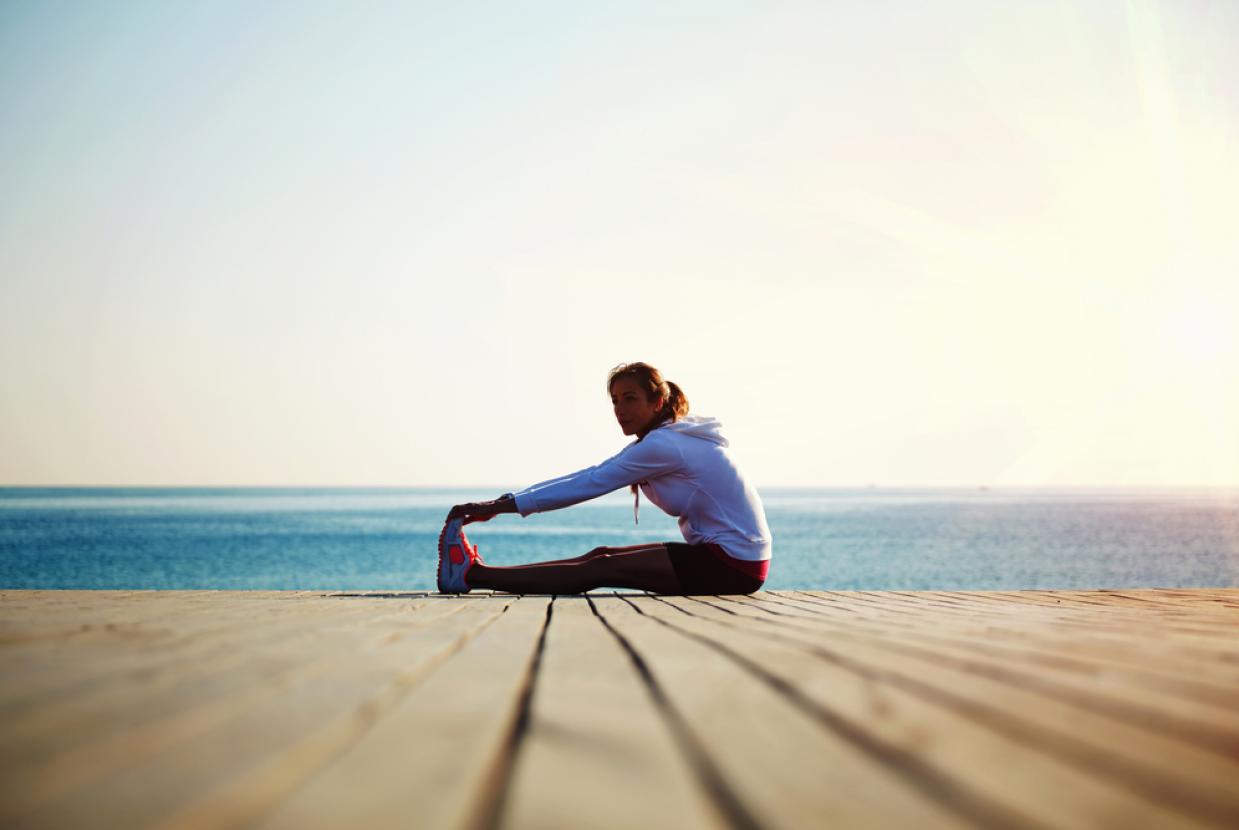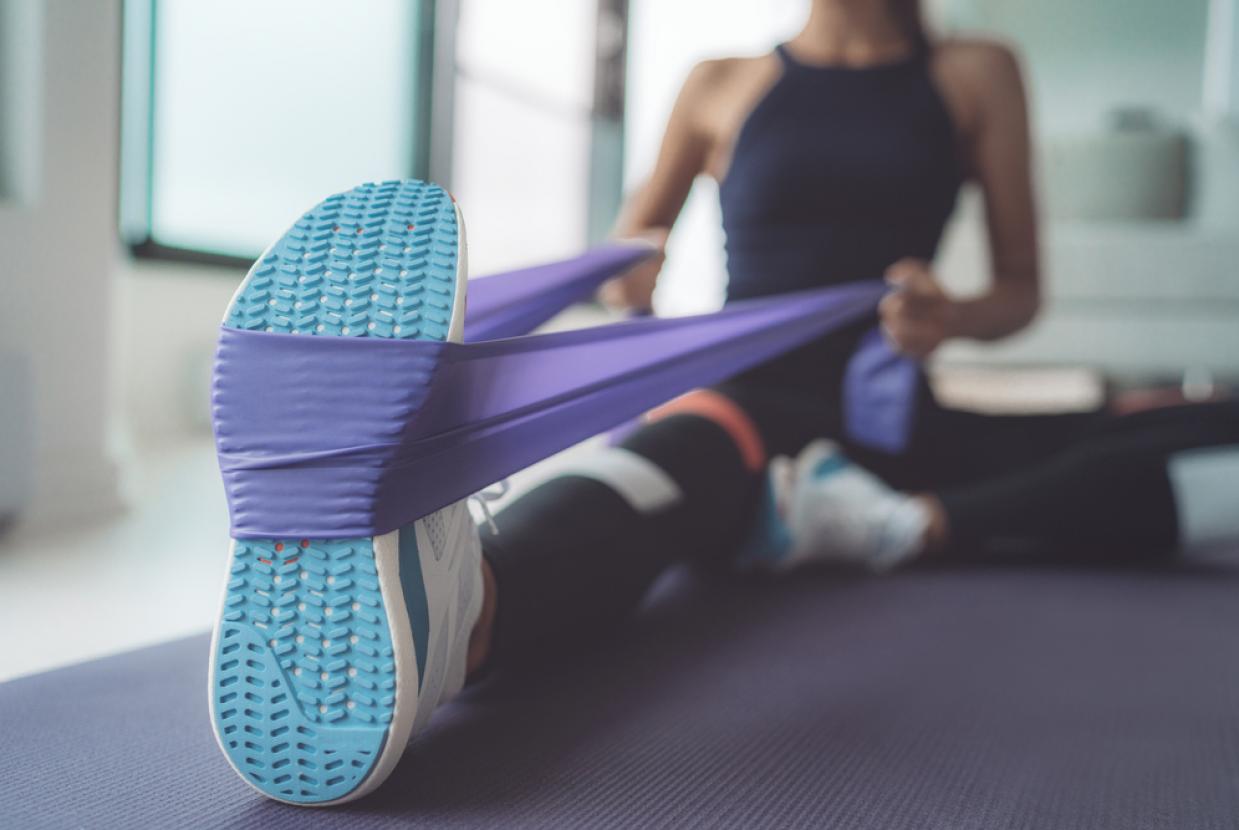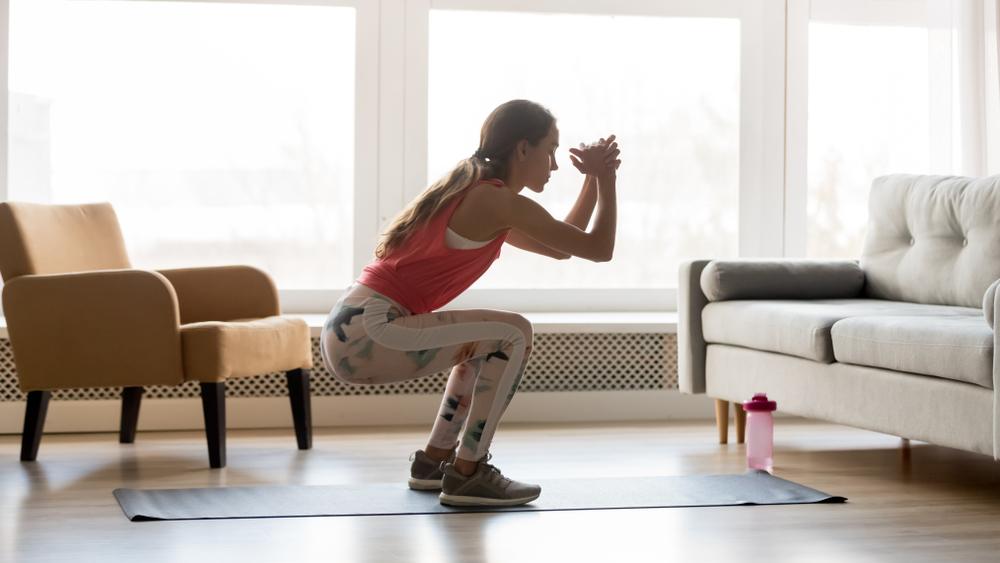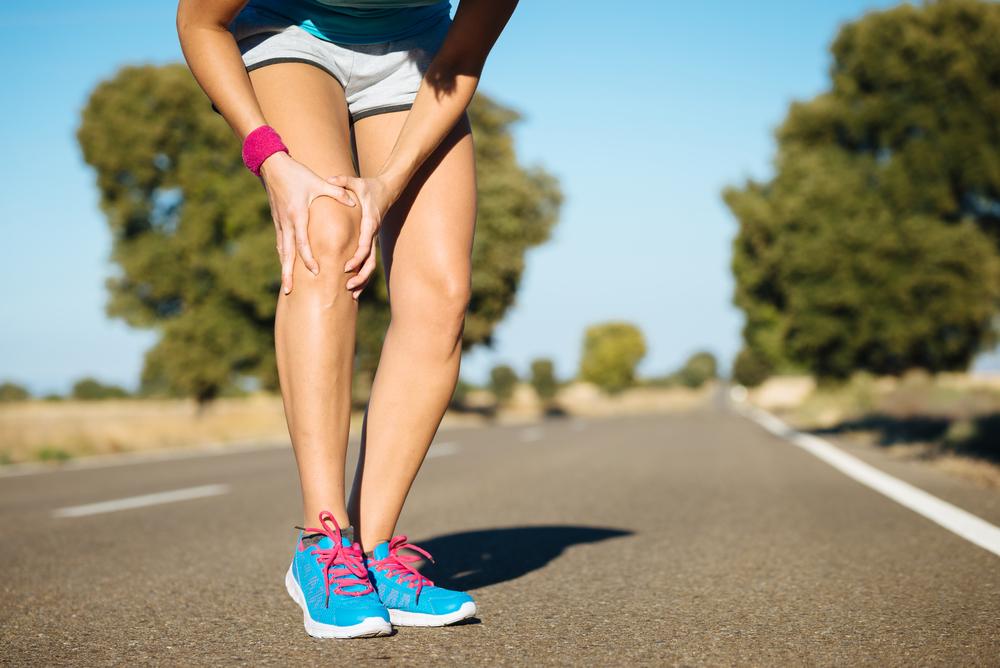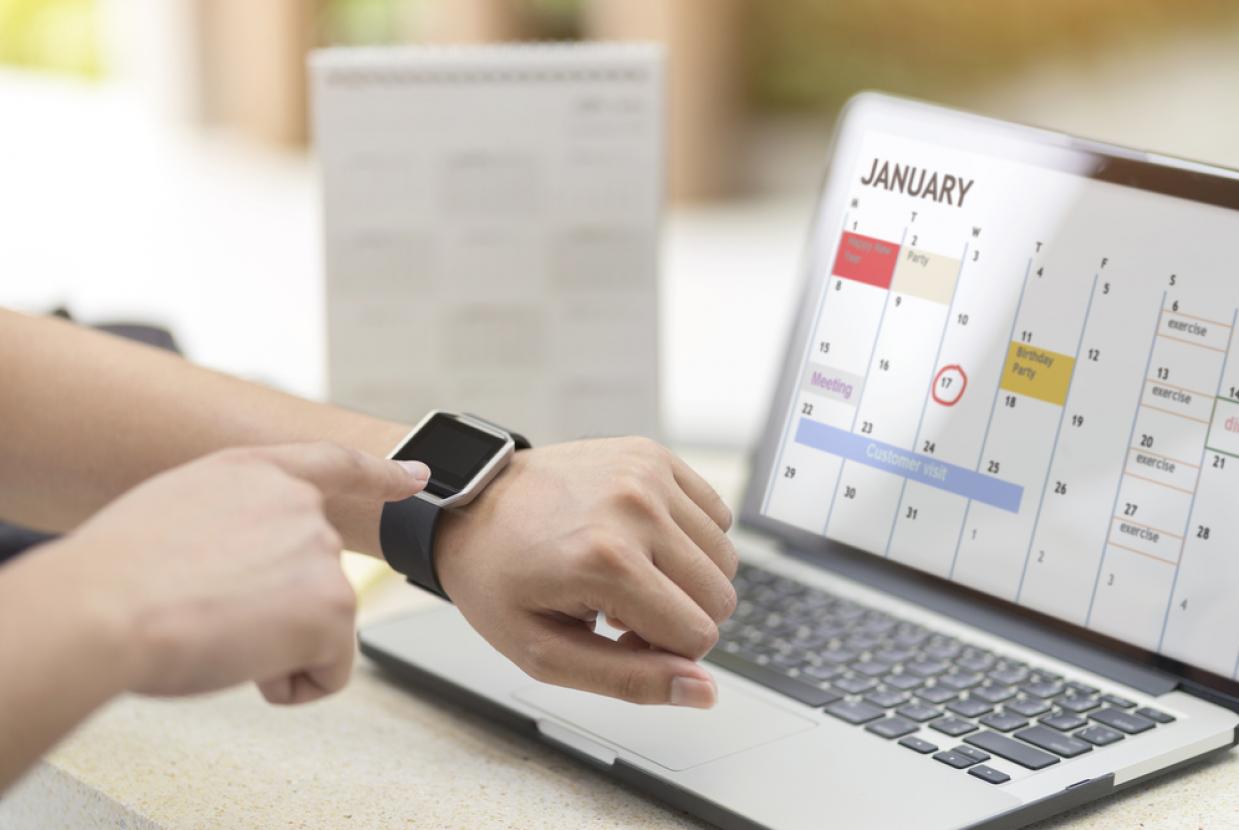What Is A Bike Bus & How Can I Set One Up?
Get Fit / Healthy Weight / Conservation / TransportBike buses are a great way of helping people make everyday journeys, whether it's to school, to work or to services in your community. Find out how they work and the support we're offering you to set one up.
What is a bike bus?
A bike bus is an organised group cycle on a set route with timetabled stops along the way. It’s a great chance to get some fresh air and travel alongside friends on your daily trips.
You can hop on the bike bus as it passes your stop and leave wherever you need to get to. Unlike trips made by sports or leisure cycling groups, bike buses are for everyday journeys.
They provide a safe and easy environment for people to cycle on roads, as a bike bus moves as a unit which is visible to other road users. This is particularly important at busy commuting times when people may feel less confident cycling. A bike bus is similar to a walking bus, which is most often made up of children walking to school together.
What journeys are they used for?
Bike buses can be set up to cover lots of different journeys. For children, they’re used to create a safe and easy way of getting pupils to school in the morning and home in the afternoon. They make the journey to school more fun, helping children get active and alert before the day starts.
They can reduce the stress of the school run for parents, as a bike bus only takes a few adults to organise and chaperone. Bike buses are also run for adults to help people travel to work together, or to take people to local community centres or services.
What are the benefits of a bike bus?
Bike buses are great at encouraging children or adults who are new to cycling to get travelling actively together. Being surrounded by others on bikes helps to increase people’s confidence and experience of travelling on roads amongst traffic. Riding a bike helps children connect with nature and feel more empowered.
It also helps them learn more about their neighbourhood and local roads, which encourages independent travel as a teenager.
Teachers find that children who have an active journey to school arrive more relaxed, alert and ready to start the day than those who travel by car. For everyone, an active start and end to each day brings lots of benefits to your physical and mental health.
It also helps reduce your carbon footprint by saving on the emissions that would have been created if you’d used motorised transport.
How do I set up a bike bus?
Bike buses are often run by community groups, schools or workplaces, but anybody can set one up. All it takes is a few people to start travelling together.
The first step is to identify who wants to hop on the bike bus – in our FRideDays toolkit, we recommend you find five people to begin with. Knowing who’s riding along will help you plan the route your bike bus will take. It’s a good idea to keep the journey as simple as possible.
Try to avoid routes with too many turns or big roads which may put off less experienced bike riders. Next, work out how often your bike bus will run - this will depend on everyone’s needs and availability. The more often you can get it rolling, the better impact you’ll have on your health and local environment.
Once that’s decided, it’s time to spread the word. This will help people get involved, whether that’s as a rider or as a ride organiser!
Find out more about our FRideDays Bike Bus
FRideDays is our new initiative to help school children cycle to school every Friday. If you’re thinking of setting up a bike bus for your school, then download our toolkit.
It’s filled with all the information and support you’ll need to get going. It’s great for all levels of experience, whether you’re a confident rider who’s done similar things or you’re completely new to bike buses.
We offer free training to anyone wanting to set up a FRideDays Bike Bus. And if you take our training and choose to become a Sustrans volunteer, your bike bus is automatically insured.


